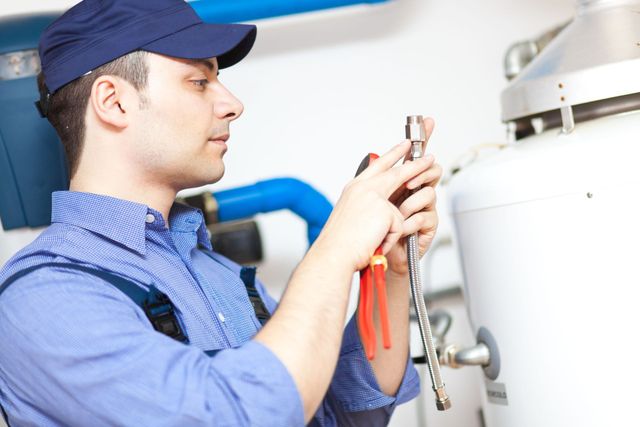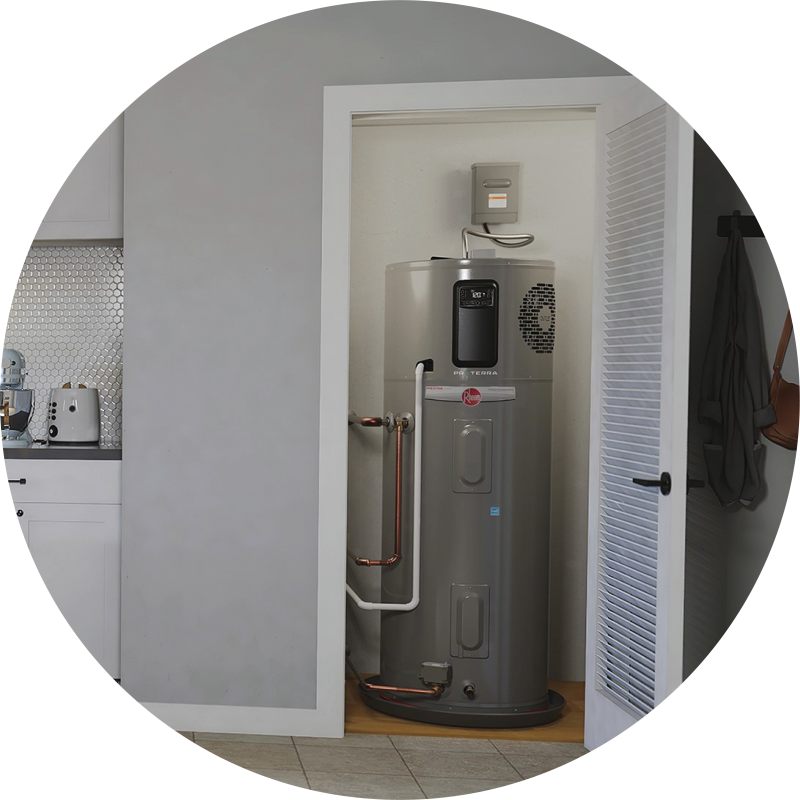Expert Guidance on Caring for Your Home's Hot Water System
Expert Guidance on Caring for Your Home's Hot Water System
Blog Article
Have you been interested in related information involving Tips For Maintaining Your Hot Water Heater?

Warm water is essential for daily comfort, whether it's for a revitalizing shower or cleaning recipes. To ensure your hot water system runs successfully and lasts longer, regular upkeep is vital. This short article offers functional pointers and insights on exactly how to maintain your home's warm water system to stay clear of disruptions and costly repair services.
Intro
Preserving your home's warm water system might seem difficult, however with a couple of straightforward steps, you can guarantee it runs smoothly for many years to find. This guide covers everything from understanding your hot water system to DIY upkeep pointers and recognizing when to call specialist aid.
Relevance of Keeping Your Warm Water System
Routine maintenance not only extends the lifespan of your warm water system however likewise guarantees it runs successfully. Ignoring upkeep can result in decreased efficiency, greater power expenses, and even premature failing of the system.
Indicators Your Hot Water System Needs Upkeep
Recognizing when your warm water system needs attention can prevent significant problems. Watch out for signs such as irregular water temperature, unusual sounds from the heating system, or rustic water.
Understanding Your Warm Water System
Before diving right into upkeep tasks, it's valuable to comprehend the basic components of your warm water system. Usually, this includes the water heater itself, pipes, anode rods, and temperature controls.
Monthly Maintenance Tasks
Regular month-to-month checks can assist catch small problems before they intensify.
Flushing the Water Heater
Flushing your hot water heater gets rid of sediment build-up, enhancing efficiency and lengthening its life.
Checking and Changing Anode Rods
Anode poles prevent deterioration inside the storage tank. Inspecting and changing them when worn out is critical.
Inspecting and Readjusting Temperature Setups
Adjusting the temperature level settings makes certain optimal efficiency and safety.
Do It Yourself Tips for Maintenance
You can do several upkeep tasks on your own to keep your warm water system in top condition.
Looking for Leaks
Consistently examine pipes and links for leakages, as these can result in water damages and greater bills.
Examining Pressure Alleviation Valves
Checking the pressure safety valve ensures it operates properly and stops excessive stress buildup.
Shielding Pipes
Shielding hot water pipelines minimizes heat loss and can conserve energy.
When to Call an Expert
While DIY upkeep is advantageous, some problems require expert proficiency.
Complicated Concerns Needing Specialist Assistance
Instances include major leakages, electric problems, or if your water heater is constantly underperforming.
Regular Professional Maintenance Conveniences
Professional maintenance can consist of detailed inspections, tune-ups, and guaranteeing conformity with safety and security criteria.
Conclusion
Regular upkeep of your home's hot water system is important for effectiveness, long life, and price financial savings. By following these suggestions and understanding when to look for expert assistance, you can make sure a dependable supply of warm water without unanticipated interruptions.
How to Maintain an Instant Hot Water Heater
Before tinkering with your hot water heater, make sure that it’s not powered on. You also have to turn off the main circuit breaker and shut off the main gas line to prevent accidents. Also turn off the water valves connected to your unit to prevent water from flowing into and out of the appliance. 2. When you’re done, you have to detach the purge valves’ caps. These look like the letter “T†and are situated on either side of the water valves. Doing so will release any pressure that has accumulated inside the valves while at the same time avoid hot water from shooting out and burning your skin. 3. When the purge valves’ caps are removed, you have to connect your hosing lines to the valves. Your unit should have come with three hoses but if it didn’t, you can purchase these things from any hardware or home repair shops. You can also get them from retail stores that sell water heating systems. Read the user’s manual and follow it to complete this task properly. When the hosing lines are connected, open the purge port’s valves. 4. You should never use harsh chemical cleaners or solutions when cleaning your unit. Make use of white vinegar instead. It should be undiluted and you’ll probably use about 2 gallons. 5. Now flush your water heater. This task should probably take about 40 minutes. We can’t give you specific directions for this because the procedure is carried out depending on the type, model and brand of your heater. With that being said, refer to the user’s manual. 6. When you’re done draining the unit, you have to turn off the purge port valves again. Remove the hosing lines that you earlier installed on each of the water valves. Put the valve caps (purge port) back in their respective places and be very careful so as not to damage the rubber discs that are found inside these caps. 7. Now that everything’s back in place, check your user’s manual again to find out how to reactivate your water heating system. 8. Once it is working, turn one of your hot water faucets on just to let air pass through the heater’s water supply pipes. Leave the tap on until water flows smoothly out of it. https://www.orrplumbing.com/blog/2014/september/how-to-maintain-an-instant-hot-water-heater/

Hopefully you enjoyed our excerpt on Tips on Maintaining a Water Heater. Thanks a ton for taking the time to browse our posting. Enjoyed our post? Please share it. Help somebody else locate it. I enjoy reading our article about What Kind of Maintenance Do Water Heaters Need?.
Contact Us Report this page